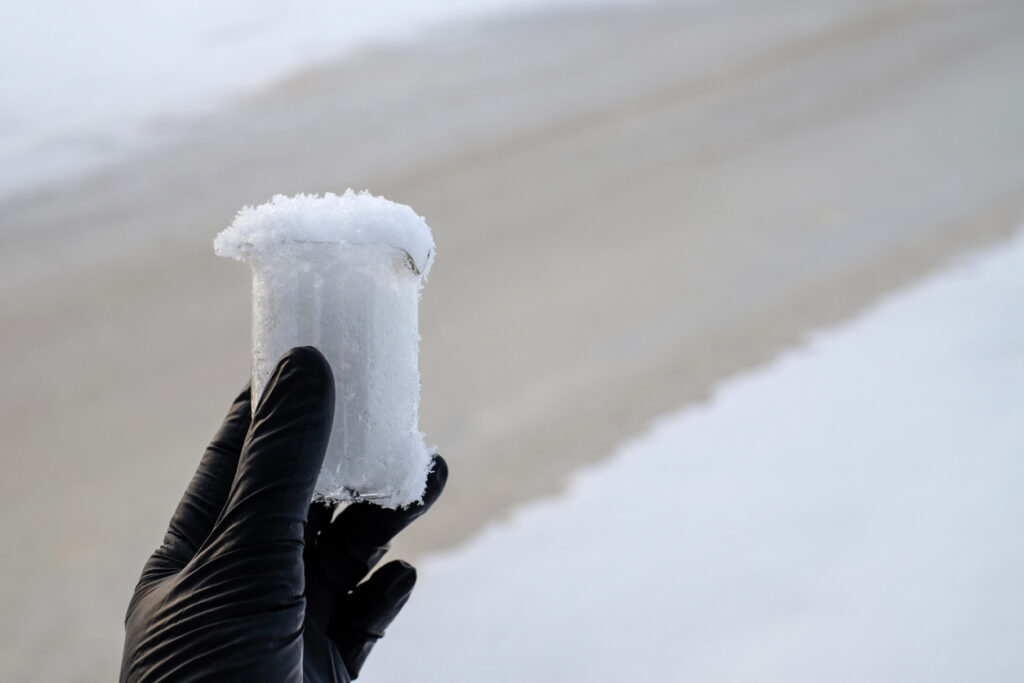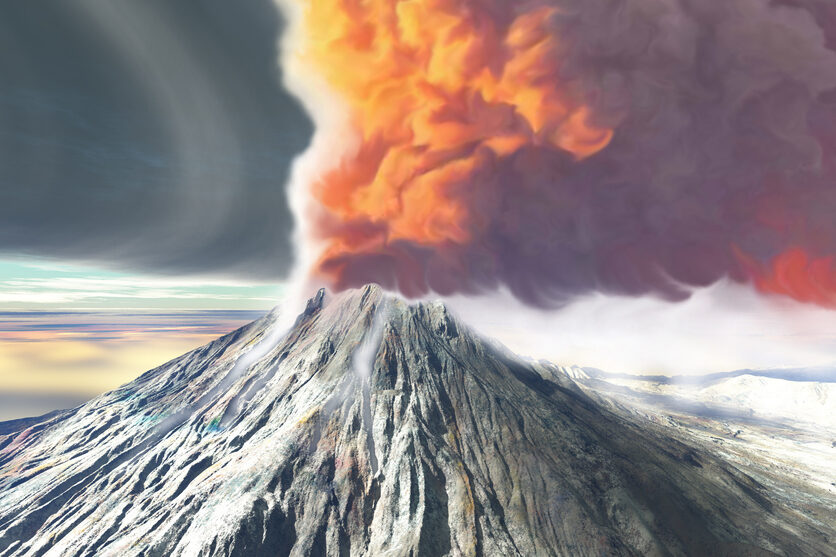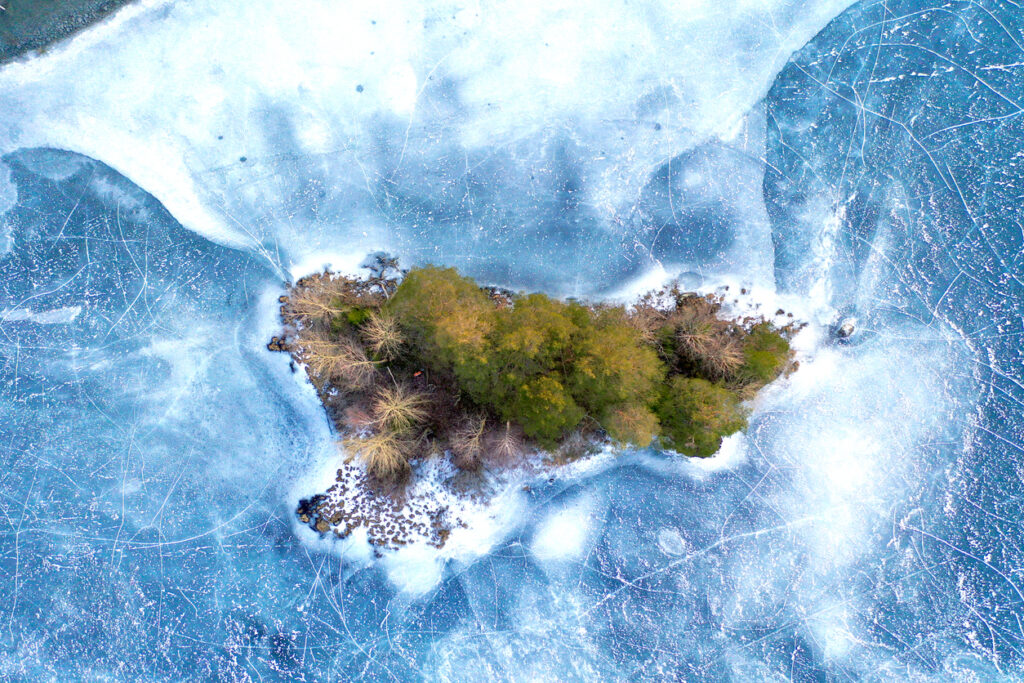1. The Climate Is Changing Faster Than Predicted

Imagine waking up to a world that feels completely different—where winter vanishes overnight, and tropical warmth takes over within a lifetime. It sounds like the stuff of apocalyptic movies, but ancient ice cores reveal that Earth has experienced exactly this kind of climate whiplash before. Scientists analyzing Greenland’s deep ice sheets discovered evidence of a terrifyingly rapid shift, where temperatures soared by up to 15 degrees Fahrenheit in just a few years. One moment, icy landscapes stretched as far as the eye could see, and the next, the planet was racing toward a modern climate.
This discovery shatters the long-held belief that climate change is always a slow, creeping process. Instead, it proves that Earth is capable of sudden, violent shifts that can reshape entire ecosystems and civilizations in a blink. These rapid transitions weren’t just rare flukes—ice cores suggest they happened multiple times throughout history, each with devastating consequences. If the past is any clue to the future, our planet may be far more unpredictable than we ever imagined.
2. The Frozen Air Bubbles That Hold a Warning from the Past

Deep inside ancient ice, there are tiny, perfectly preserved air bubbles—trapped whispers of Earth’s atmosphere from thousands of years ago. Scientists have cracked open these time capsules, only to uncover something shocking. The air we breathe today is vastly different from what existed in the past, with carbon dioxide and methane levels skyrocketing far beyond anything seen in the last 800,000 years. These gases, the very culprits behind modern climate change, have fluctuated wildly throughout history, often coinciding with dramatic shifts in global temperatures.
What’s terrifying is that the rapid rise we see today is unlike anything recorded in the ice. The rate at which greenhouse gases are climbing is faster than even the most extreme periods of the past. If history has taught us anything, it’s that sudden jumps in atmospheric composition don’t end well. These ancient air bubbles aren’t just scientific curiosities—they’re flashing red warning lights about the road we’re speeding down.
3. The Volcanic Super-Eruptions That Plunged the World Into Darkness

Volcanoes today make headlines when they disrupt flights or spew ash for a few weeks. But the ice tells us that, in the past, some eruptions were powerful enough to darken the skies for years, triggering global cooling and mass starvation. Scientists have uncovered thick layers of ash and sulfuric acid hidden in ancient ice, pointing to volcanic mega-disasters that altered history itself. Some of these eruptions were so intense they wiped out entire growing seasons, sending civilizations into chaos.
One of the most chilling revelations is that these eruptions may have single-handedly triggered past ice ages. Ash and sulfur formed a shield in the atmosphere, blocking sunlight and plunging the world into years of brutal cold. Crops failed, animals starved, and societies collapsed—all because of one catastrophic explosion. These findings serve as a stark reminder that nature’s fury can flip the planet’s climate in an instant. And with over 20 supervolcanoes still active today, it raises the question—what happens if history repeats itself?
4. Ancient Viruses Locked in Ice Are Waking Up

Imagine a virus frozen in time for tens of thousands of years, waiting beneath layers of ice, only to resurface as the planet warms. This isn’t science fiction—it’s a real possibility scientists have uncovered by drilling deep into ancient ice cores. Buried within these frozen archives are microbial lifeforms, some of which predate human civilization itself. When researchers revived samples from Siberian permafrost, they discovered viruses unlike anything seen before—ones that had been perfectly preserved for over 30,000 years.
The implications are both thrilling and terrifying. Some of these ancient microbes are harmless, but others could pose serious risks, especially as melting ice releases long-dormant pathogens into a world that has never encountered them. In the past, viruses wiped out populations with no immunity, and now, humanity faces the eerie reality that something similar could happen again. The ice may be a time capsule, but it’s also a Pandora’s box—one that’s slowly being pried open by rising global temperatures.
5. The Ghost Particles That Reveal Earth’s Cosmic Secrets

Deep inside ancient ice, scientists have uncovered something even stranger than viruses or trapped air bubbles—tiny, ghost-like particles called neutrinos. These elusive cosmic travelers are nearly impossible to detect, passing through planets, people, and even solid rock without a trace. But in the untouched purity of Antarctic ice, researchers have found a way to capture them, unlocking a hidden record of Earth’s interactions with the universe itself.
What makes this discovery so mind-blowing is that these particles can tell us about cosmic explosions, black holes, and even the origins of the universe. Ice cores, once thought to be just frozen time capsules of Earth’s past, are now revealing clues about space events that happened millions of light-years away. It’s a discovery that reshapes not just our understanding of climate history, but of the universe as a whole. If ice can hold secrets from deep space, what else could be hidden beneath its surface?
6. The Lost Ecosystems Preserved in Ice for Thousands of Years

When scientists first started analyzing ancient ice, they expected to find gases, dust, and maybe some microbes. What they didn’t expect was fully intact remnants of ancient ecosystems—plant material, pollen, and even the occasional insect frozen in time. Some of these discoveries have completely rewritten what we thought we knew about past climates, revealing lush forests where ice fields now dominate. One of the most stunning finds came from beneath the Greenland ice sheet, where researchers discovered plant material dating back nearly a million years, proving that Greenland was once covered in thriving greenery.
These lost ecosystems offer a haunting glimpse into Earth’s ever-changing climate. They show us that landscapes we consider permanent—icy tundras, towering glaciers—were once warm, wet, and filled with life. The real shocker? Some of these ecosystems disappeared at alarming speeds, overtaken by ice in a matter of centuries. As today’s ice sheets melt faster than ever, they may not just be revealing ancient landscapes—they could be giving us a preview of what’s to come.


